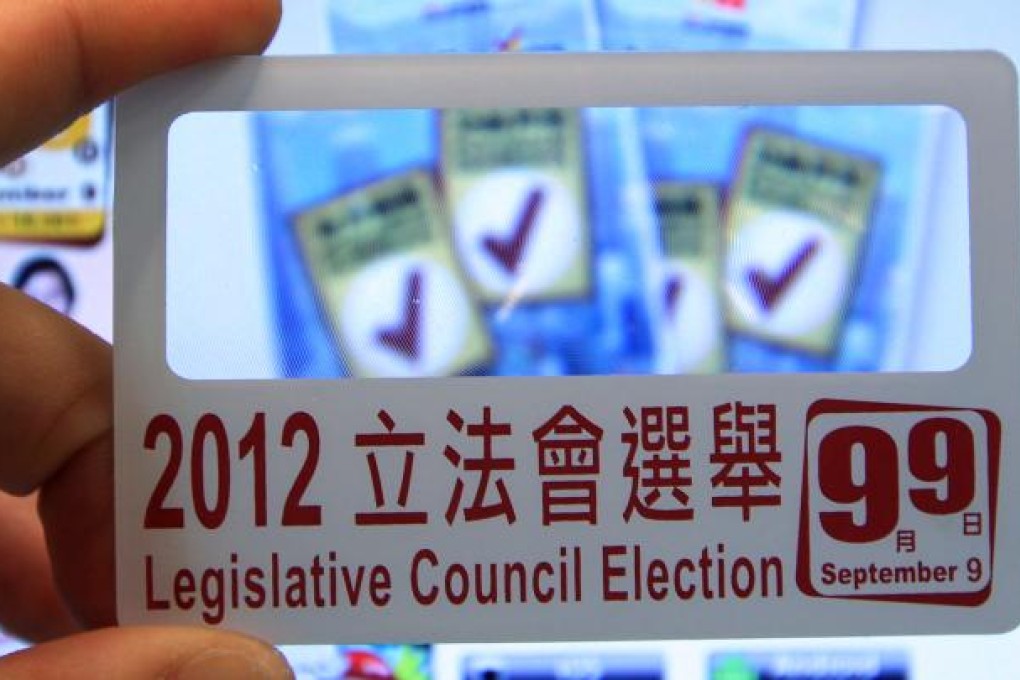
You would be forgiven for forgetting that the quadrennial Legislative Council (Legco) Election is this Sunday. For the entire city is talking about only one thing: the escalating national education controversy that has thrown our government into the biggest political firestorm since C.Y. Leung took office in July. It also doesn’t help matters that Election 2012 is a particularly confusing one. This time around, every voter is given two votes, one for a geographical constituency and the other for a District Council functional constituency called the “Super Seat.” Super what? And to confuse you even more, there are more new faces from political parties old and new in the run than in any prior elections. Figuring out who is who and which candidate to vote for can be a tall order. This article is designed to help.

Local Politics 101
The Legco, our mini-parliament, currently has 60 seats, half of which are called “geographical constituencies” (地方議席) and half of which are called “functional constituencies” (功能議席). The 2010 Political Reform Package increased the number of seats to 70 – adding 5 seats to each half – beginning this Election 2012. Whereas the 35 geographical seats are directly elected by millions of voters like you and me, the 35 functional seats are each handpicked by a small circle of voters within a trade or interest group. The Engineering functional seat, for instance, is selected by only a few thousand registered engineers, whereas the electoral base for the Insurance seat is made up of not a single individual but 140 insurance companies. By and large, the functional constituencies are dominated by pro-business, pro-government and pro-Beijing elites who invariably vote the party line.
The functional constituencies are the government’s most effective weapon against uncooperative lawmakers. They serve a dual purpose: to shoot down any bills introduced by the democratically-elected geographical constituencies and to rubber stamp those proposed by the government. This is how it works. Under the infamous “separate vote count” (分組點票) procedure, any bill introduced by a Legco member must go through two rounds of voting: it must first be passed by the geographical constituencies and then separately by the functional constituencies. As a result, bills that the government or Beijing doesn’t care for will inevitably get voted down by the ever loyal and ever predictable functional constituencies.
But the Legco voting system is seriously schizophrenic. Under our one-of-a-kind, only-in-Hong-Kong electoral system, the separate vote count mechanic applies only to bills proposed by individual lawmakers. Government-proposed bills, on the other hand, require merely a majority vote by all 60 (soon to be 70) seats voting together. Because Pan-Democrats carry only about 23 seats in the Legco, with the remaining seats taken up by pro-establishment lackeys (including most of the functional seats), the system ensures that every government-led initiative -- which otherwise would have been killed by democratically elected lawmakers in a separate vote count -- sails through the Legco without a hitch. As a result, our legislative and executive branches always march in lock steps. How is that for a separation of powers?
